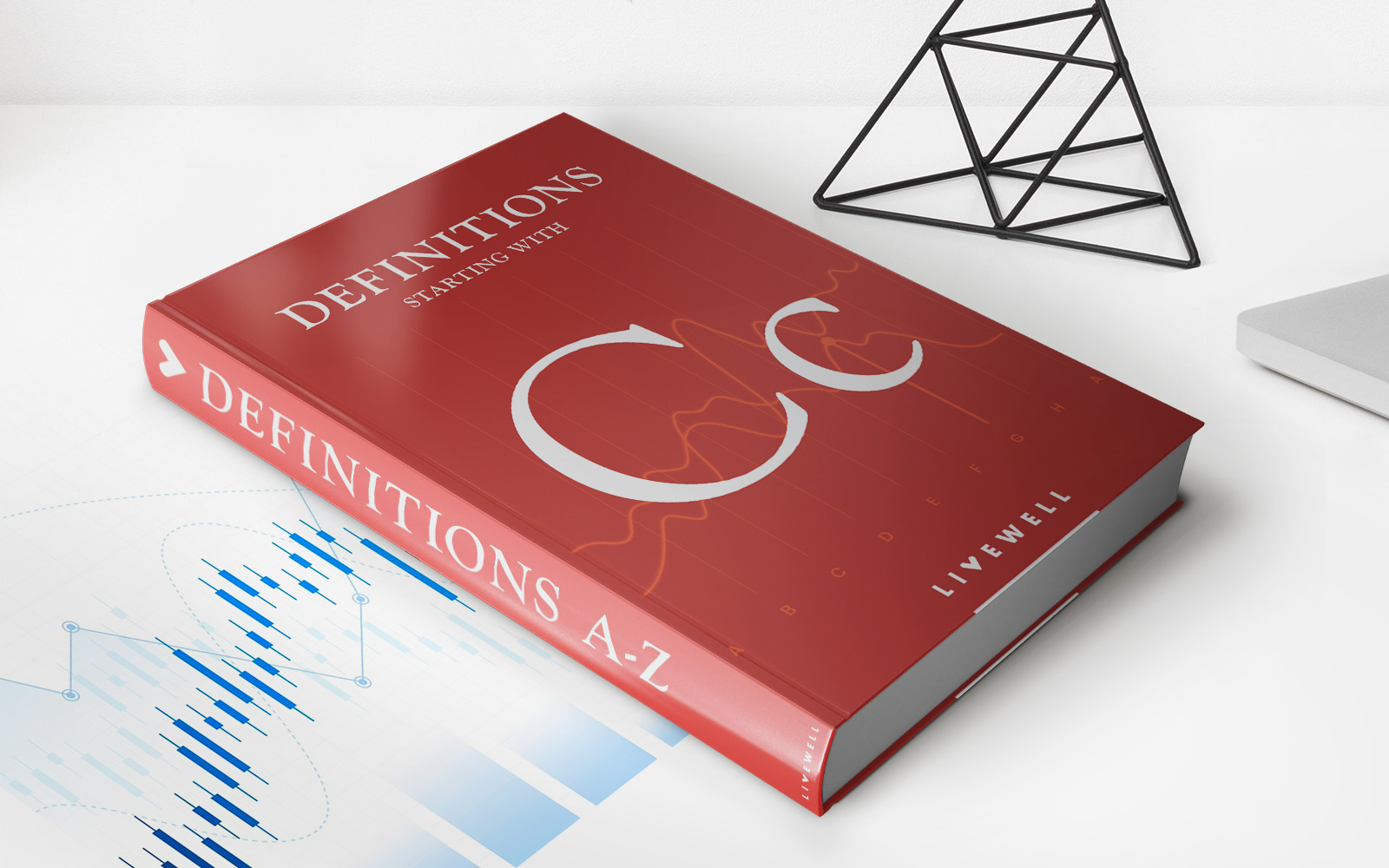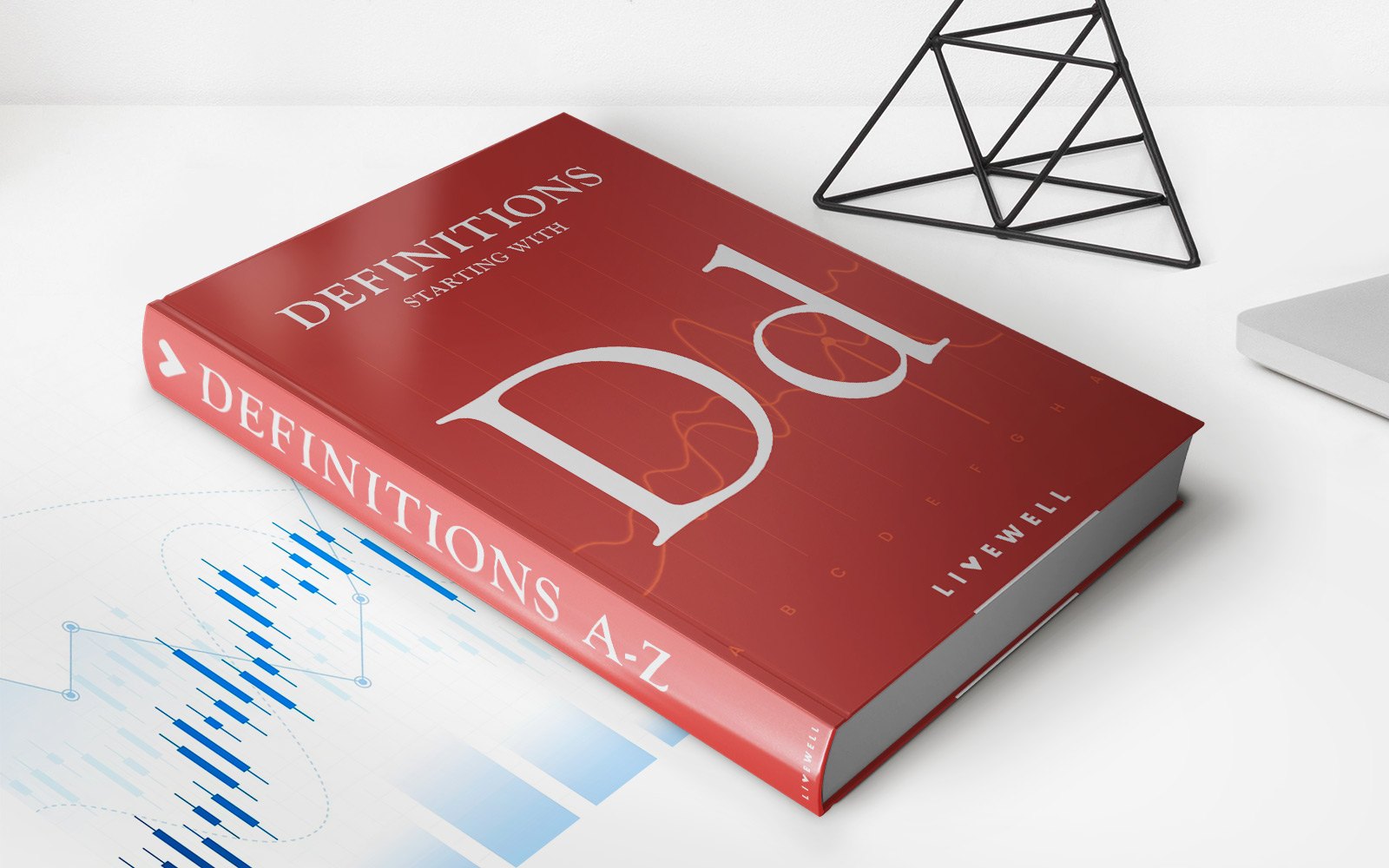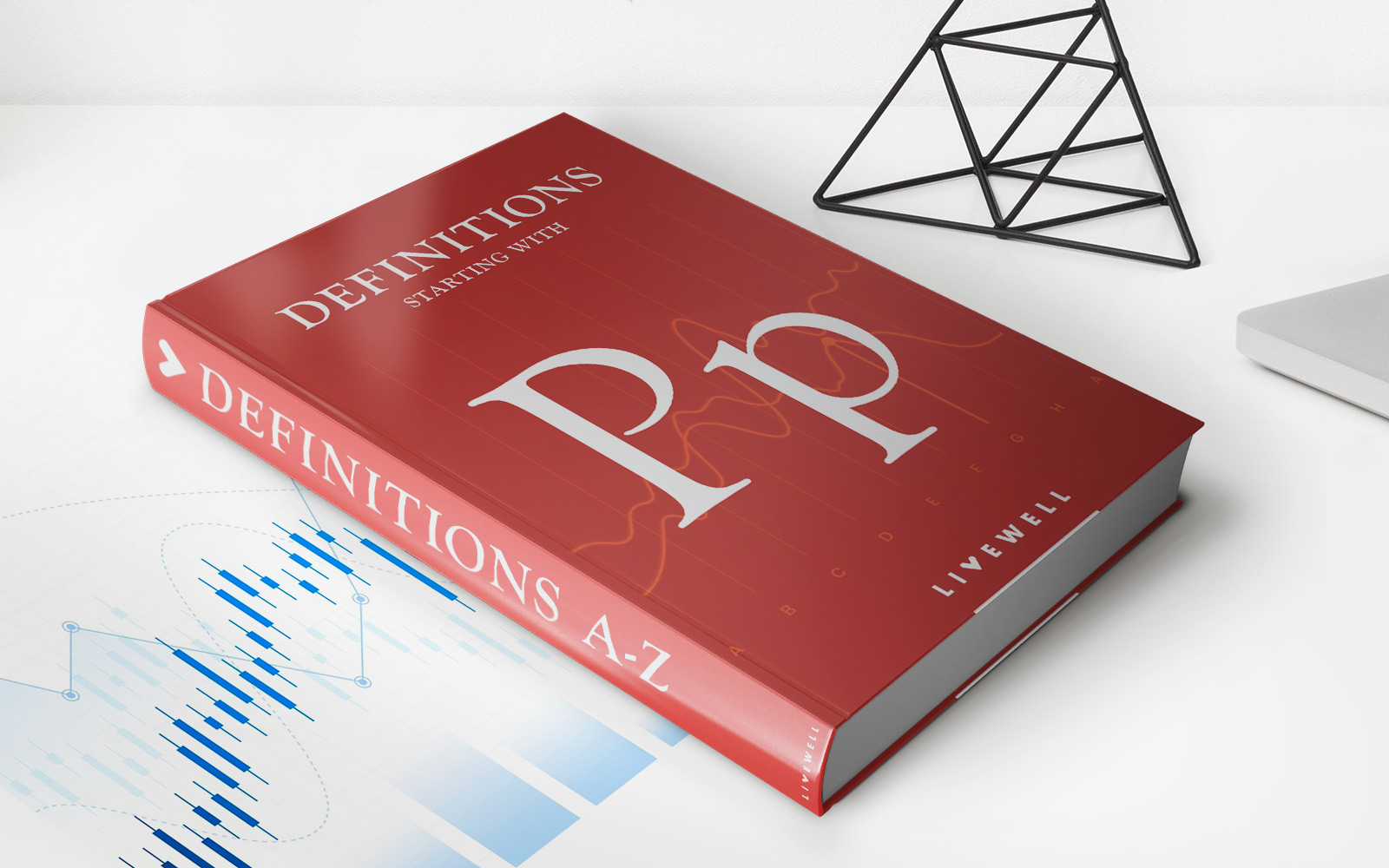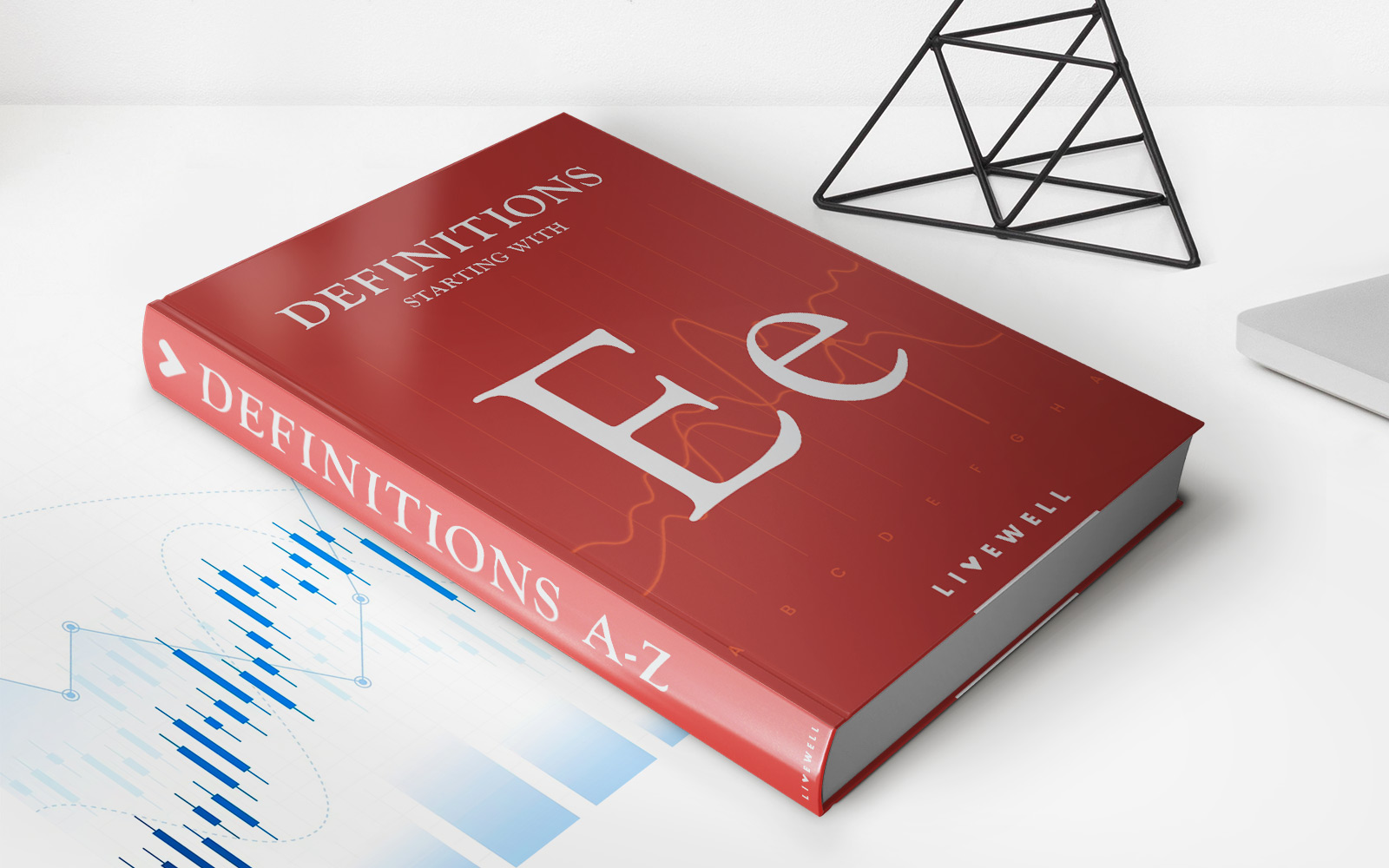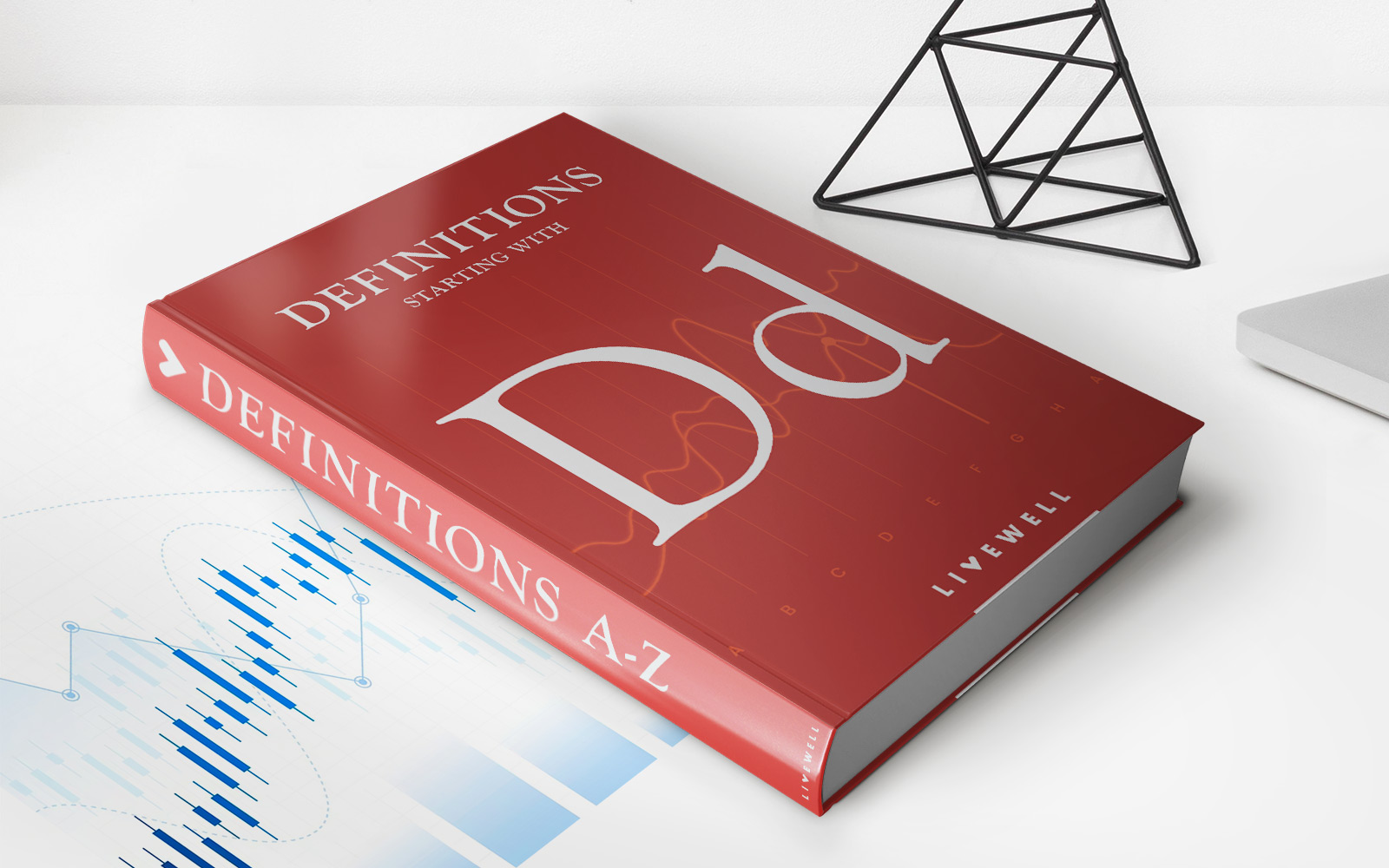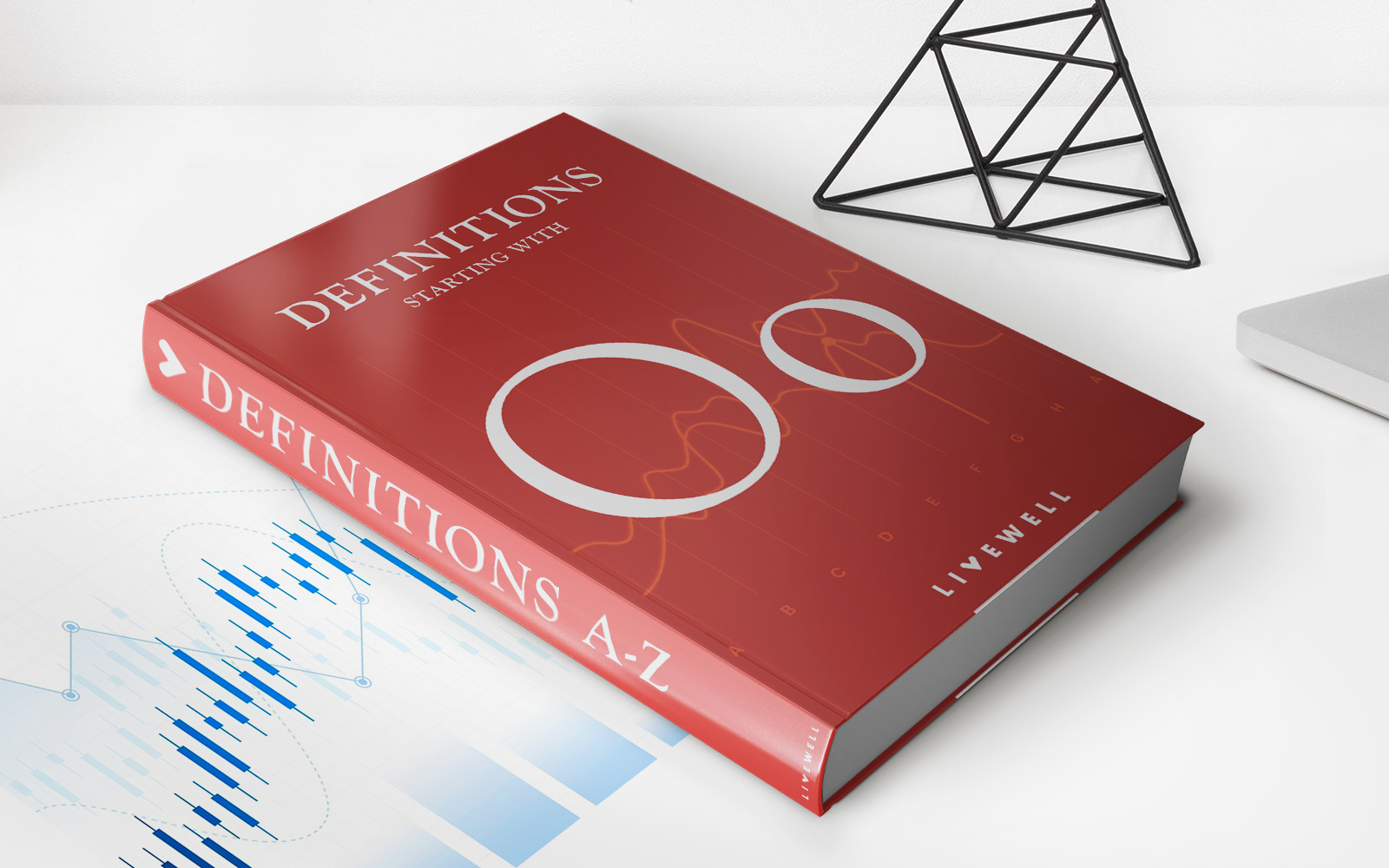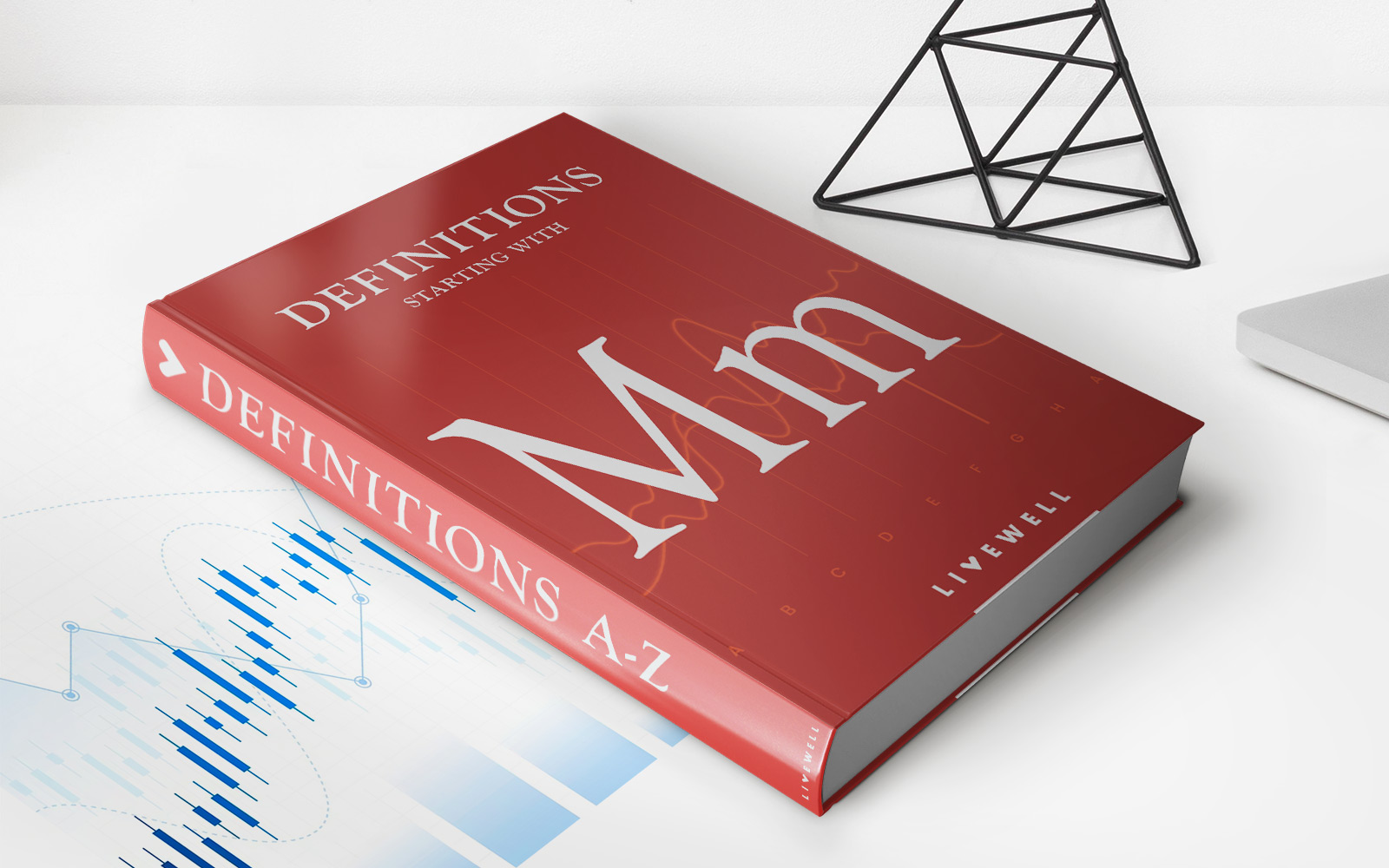Home>Finance>Sortino Ratio: Definition, Formula, Calculation, And Example
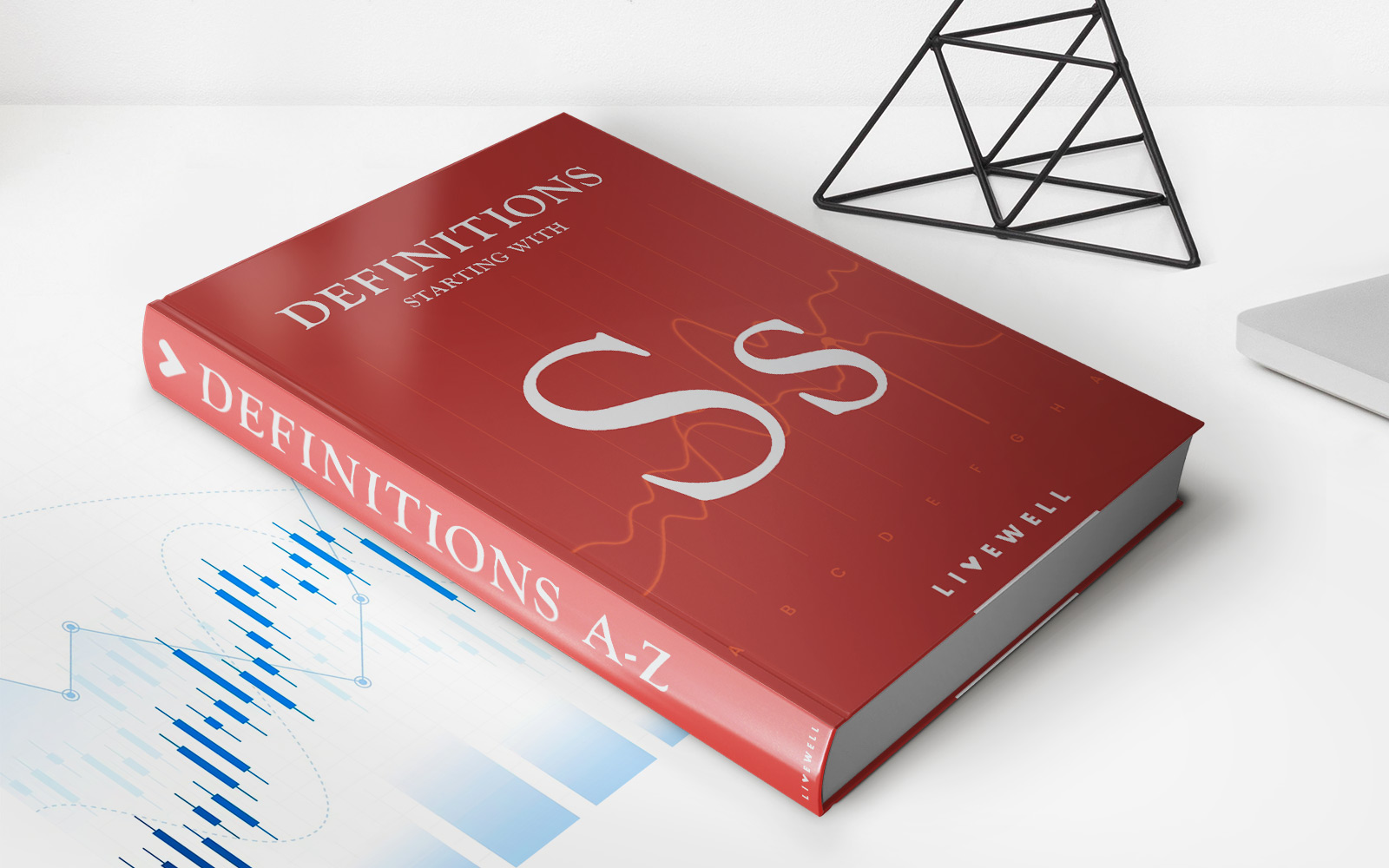

Finance
Sortino Ratio: Definition, Formula, Calculation, And Example
Published: January 31, 2024
Learn all about the Sortino Ratio in finance, including its definition, formula, calculation, and example. Discover how to apply it for smarter investment decisions.
(Many of the links in this article redirect to a specific reviewed product. Your purchase of these products through affiliate links helps to generate commission for LiveWell, at no extra cost. Learn more)
The Sortino Ratio: An Essential Tool for Evaluating Investment Risk
When it comes to making informed financial decisions, understanding the risks associated with different investment options is crucial. In the world of finance, a widely used metric to measure risk-adjusted returns is the Sortino Ratio. In this blog post, we will dive deeper into the Sortino Ratio, its definition, formula, calculation, and provide you with a practical example to help you grasp its significance in evaluating investment risk.
Key Takeaways:
- The Sortino Ratio is a metric used to assess the risk-adjusted performance of an investment by focusing on downside deviation.
- It considers only the volatility of negative returns, making it more accurate than other common metrics such as the Sharpe Ratio.
What is the Sortino Ratio?
The Sortino Ratio is a tool that goes beyond the traditional risk-reward tradeoff to evaluate investment risk. While the Sharpe Ratio uses standard deviation to measure risk, the Sortino Ratio focuses solely on the downside volatility, making it a more comprehensive metric!
Unlike the Sharpe Ratio, which considers both positive and negative returns, the Sortino Ratio only takes into account the volatility of negative returns, thus providing a clearer picture of the risk you are taking when investing. By focusing on downside deviation, it allows investors to evaluate the potential for loss without being significantly influenced by positive fluctuations.
How is the Sortino Ratio Calculated?
The Sortino Ratio is calculated by dividing the difference between the investment’s average return and the target return by the downside deviation. The target return represents the minimum acceptable return an investor expects. The formula for the Sortino Ratio is as follows:
Sortino Ratio = (Average Return - Target Return) / Downside Deviation
Let’s break it down:
- Average Return: This is the average return generated by the investment over a specific period.
- Target Return: The minimum desired return an investor aims to achieve. It usually serves as a benchmark for comparing the investment’s performance.
- Downside Deviation: This is the measure of the investment’s volatility in terms of negative returns or downside risk. It indicates how much the investment’s returns fluctuate below the target return.
An Example of Applying the Sortino Ratio
Let’s consider an investor who wants to evaluate two different investment options, A and B, based on their risk-adjusted performance using the Sortino Ratio. Here are the relevant details:
- Investment A: Average Return = 9%, Target Return = 6%, Downside Deviation = 3%
- Investment B: Average Return = 12%, Target Return = 8%, Downside Deviation = 4%
Using the formula mentioned earlier:
- Sortino Ratio for Investment A: (9% – 6%) / 3% = 1
- Sortino Ratio for Investment B: (12% – 8%) / 4% = 1
By comparing the Sortino Ratio of both investments, we can see that Investment A and B have the same score of 1. However, Investment B has a higher average return, indicating that it provides a better risk-adjusted return compared to Investment A.
Conclusion
The Sortino Ratio is a valuable tool for investors looking to assess the risk associated with their investment choices. By focusing solely on the downside volatility, it provides a more accurate measure of risk-adjusted returns compared to other metrics like the Sharpe Ratio.
Understanding the Sortino Ratio allows investors to make more informed decisions and accurately evaluate the potential downside risk of their investment. By considering both the average return and downside deviation, investors can identify investments that offer higher returns while keeping the risk at an acceptable level.
Remember, before making any investment decision, it is vital to carefully analyze and consider all relevant factors. The Sortino Ratio is just one piece of the puzzle to help you assess investment risk, so it’s essential to combine it with other metrics and factors to make well-rounded investment decisions.

